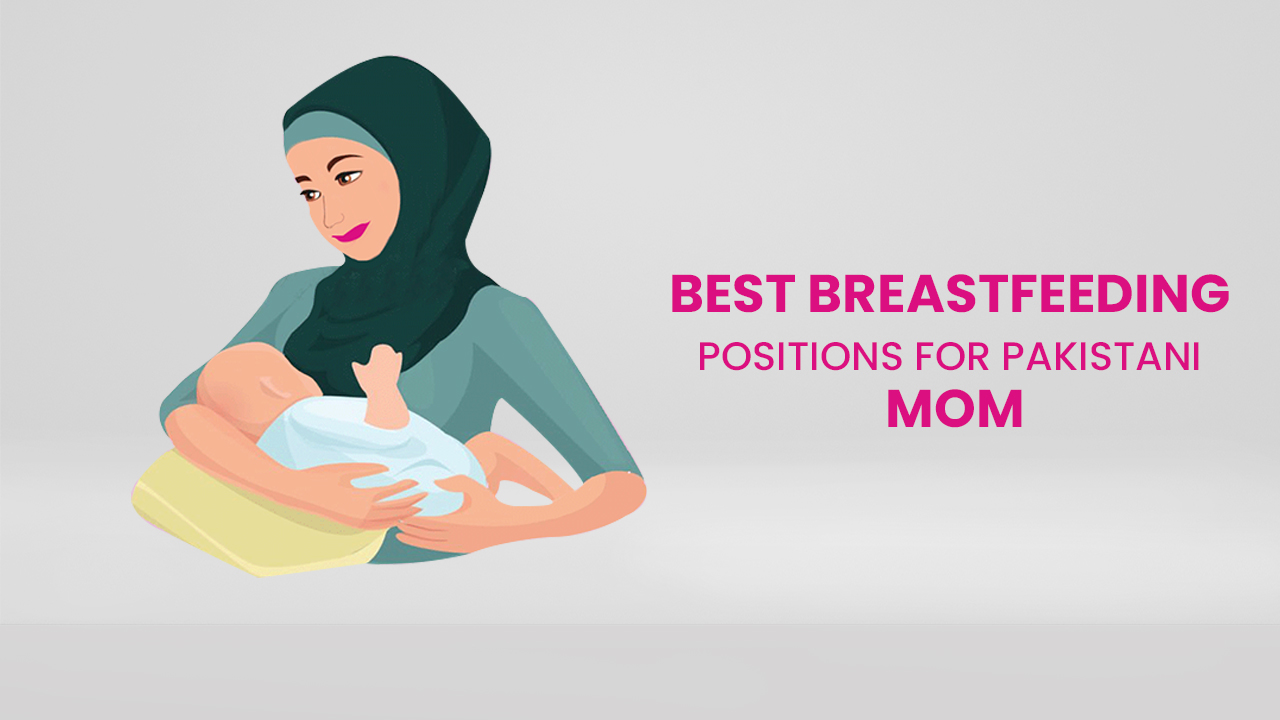
Best Breastfeeding Positions
Breastfeeding a newborn is highly advised for both the mother’s and the baby’s health. We all know that milk is produced naturally, but how does a new mother comprehend how to nurse her child?
Breastfeeding positions can be challenging to manage and identify at first, especially if this is the first kid for the new mother. It takes persistence and practise, and the early days can be frustrating and chaotic. A mother’s abdominal muscles are shaky after giving birth. She may be having lower backache, perineal pain, and other issues if she gave vaginal childbirth. She will experience abdominal and pelvic discomfort, as well as surgical pain if she had a c-section.
Breastfeeding is a physical process that involves hormones, supply and demand, and other factors. When a mother is agitated or in pain, oxytocin, the hormone that promotes release, might be disrupted. If she’s in pain, she’ll probably stop feeding as often and instead attempt a pacifier or bottle to take a break from latching.
This guide contains the Best breastfeeding positions for a Pakistani mom. Every mom has to educate herself on this topic for their baby’s and their comfort. Read this to know the most comfortable breastfeeding positions for a Pakistani mother.
How to Breastfeed in Bed Comfortably?
Acknowledge the significance of these late-night feedings. When you breastfeed at night, your body releases more prolactin (the hormone that stimulates milk production), therefore night feedings assist keep milk production up. In addition, because mothers differ in the amount of milk they can store in their breasts, many moms rely on night feedings to meet their kids’ needs.
The Right Position for Nursing in Bed:
Place a cushion or two on your side to support your head. A pillow tucked between your knees may make you feel more at ease. Place the baby on his side so that his nose is level with your nipple.
(If your breasts are small, you may need to place a firm cushion under the baby to raise him up to the level of your nipple.) Bring the baby in close to you with one hand, so that his chin touches your breast and his head is slightly tipped back. If he doesn’t latch on right away, you can touch his top lip with your nipple.
To shift sides, simply hold the baby securely against your chest and roll over, or leave the baby where he is and move yourself so that you are turned slightly towards the baby and he can potentially nurse on the “upper” breast, depending on the size of your breasts.
You can also try the “laid-back” nursing position, which involves lying in a semi-reclining position in your bed with your baby’s tummy against your chest and abdomen, supported by pillows. You can either help him find the nipple and self-attach, or you can help him latch on.
Comfortable Breastfeeding Positions
As a baby and a woman gains confidence, the appropriate breastfeeding position may alter. There isn’t a particular stance that works for everyone.
The optimal breastfeeding positions allow a baby to latch on to the nipple easily and pleasantly, limit the danger of breast injuries and pain, and do not strain the muscles.
-
Cradle Position Nursing
Many new parents prefer to hold their newborn in the conventional cradle position. They are often aware of this posture as it is the only one they are familiar with. This is a good position, but maintaining excellent posture can be difficult.
This position can be made more pleasant by using a nursing pillow, or any cushion, for support. This posture may be difficult for moms who have had a c-section since the cushion or baby may exert pressure on the incision.
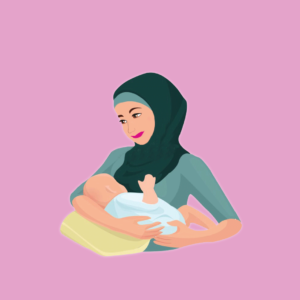
-
Football Hold Position
This posture is an excellent alternative to the usual cradle hold for women who’ve had a c-section. On the mother’s side, the baby is held beneath her arm. Their head is held by the hand, while their body is supported by the forearm.
Consider a football player sprinting down the field with the ball nestled under their arm. The football grip is based on this concept. It’s ideal with smaller babies because mom can see the latching more easily. Stuffing a pillow under the mother’s arm, particularly to the front where the baby’s head is cushioned, can help her relax and feel more at ease.
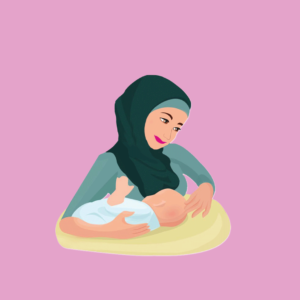
-
Cross Cradle Position
For newborns, the cross-cradle is frequently the best latch. The woman holds the baby with the arm opposing the breast the baby is nursing from, similar to the cradle hold.
To nurse in the cross-cradle position, follow these steps:
Hold the infant with their back and neck positioned against your stomach. Reach across the baby’s back with your hand and support their head, letting their bottom rest in the nook of your arm.
-
Reclining Position
The reclined nursing position, also known as natural nurturing, is frequently the first option for new mothers. If your baby is positioned on your breast or stomach as soon as he is born, he will automatically find his way to one of your nipples and try to latch on – this is termed as the ‘breast crawl.’
Skin-to-skin contact stimulates his natural feeding impulses, while gravity aids in latching on and keeping him in position. If you’re reclining softly instead of resting flat on your back, you’ll probably be more comfortable. Use pillows to keep you supported while allowing you to see your baby.
-
Breastfeeding Sitting Up Position
As he nurses, your baby sits over your thigh or on your hip in the upright sitting posture, his back and head upright. If you give your infant enough support, you can practice this hold with a newborn, and it’s also a comfortable approach to feed an adolescent who can sit alone.
This breastfeeding posture is frequently the most pleasant for kids with reflux or ear infections (who prefer to be upright), as well as babies with tongue ties or limited muscular tone.
Conclusion
As a woman and her infant develop a habit and a bond, the best position for nursing can shift over time. Experiment with different positions and don’t be afraid to try something new. While some postures may seem unpleasant at first, with practice, they can become more natural and comfortable.
Women who are having difficulty nursing should get treatment as soon as possible. Most breastfeeding issues can be resolved, but waiting longer can be difficult and cause irritation in both the mother and the infant.

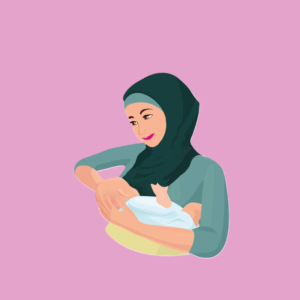
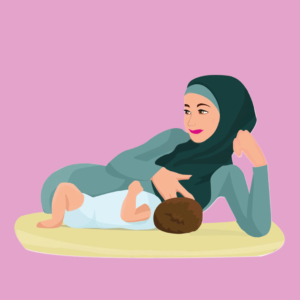


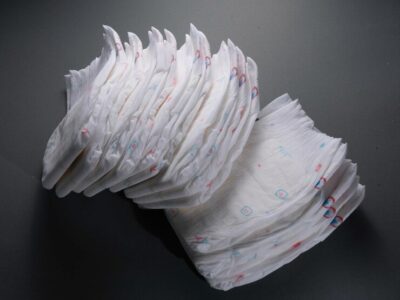

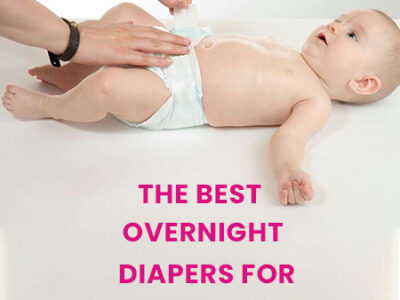





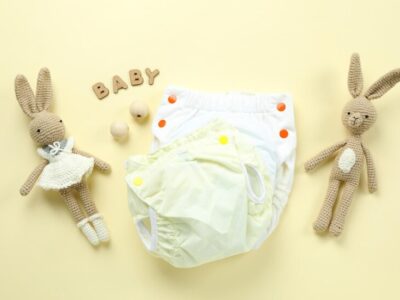
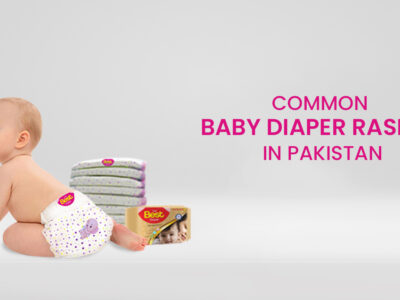

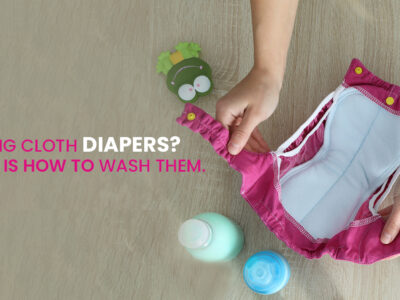


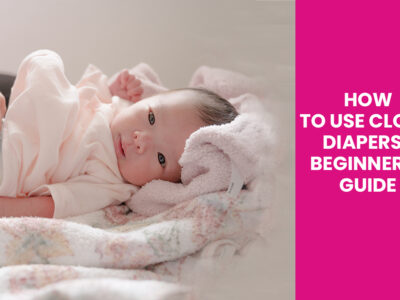





 Common Diaper Rash Problems And How To Manage Them
Common Diaper Rash Problems And How To Manage Them  Things You Need To Consider When Choosing Baby Diapers
Things You Need To Consider When Choosing Baby Diapers  12 Effective Ways To Treat Diaper Rash In Babies
12 Effective Ways To Treat Diaper Rash In Babies  Top 10 Baby Diaper Provider In Pakistan
Top 10 Baby Diaper Provider In Pakistan  The Best Overnight Diapers for Toddlers
The Best Overnight Diapers for Toddlers